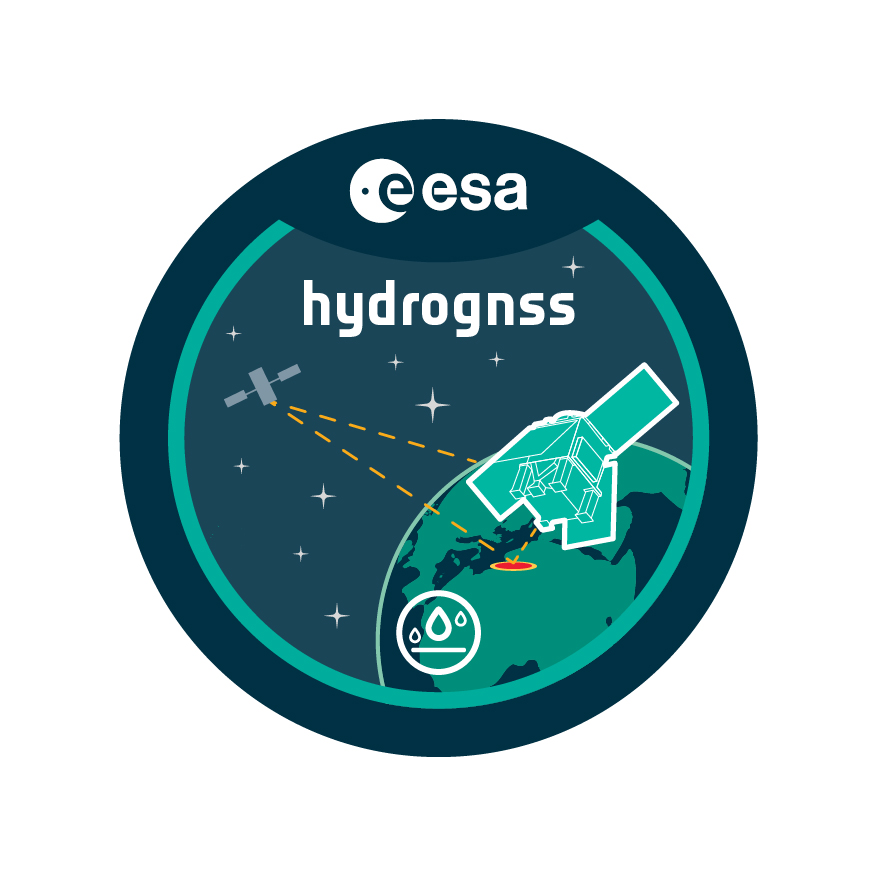
Orbiting Earth 180 degrees apart, the two identical satellites will use a technique called Global Navigation Satellite System (GNSS) reflectometry to measure important climate variables such as soil moisture, freeze–thaw state over permafrost, inundation and biomass – all of which are linked to Earth’s water cycle. The satellites will also measure wind speed over the ocean and sea-ice extent as secondary products.
HydroGNSS is one of the new Scout missions being developed within ESA’s Earth Observation FutureEO programme. Embracing the concept of New Space, a Scout mission consists of one or several small satellites that can rapidly prototype and demonstrate novel ways of observing Earth from space. The two satellites will each measure just 50x50x70 cm, and each weigh about 65 kg. Rapid development is key – the idea is that a mission only takes three years from kick-off to launch. The budget is tight too, just €30 million, which covers the development of the satellites and ground segments, launch and the in-orbit commissioning phase. The second HydroGNSS satellite is covered within this set budget.
SSTL in the UK is Prime Contractor for the HydroGNSS Scout mission and is partnered with scientists from: Sapienza University of Rome, Italy, Tor Vergata University of Rome, Italy, Institute of Space Sciences (IEEC/ICE-CSIC), Spain, Institute of Applied Physics (IFAC-CNR), Italy, Finnish Meteorological Institute, Finland, National Oceanography Centre, UK, University of Nottingham, UK, Vienna University of Technology, Austria.
The UK Space Agency is responsible for managing UK’s membership in ESA enabling SSTL to take the role of prime in the HydroGNSS mission.